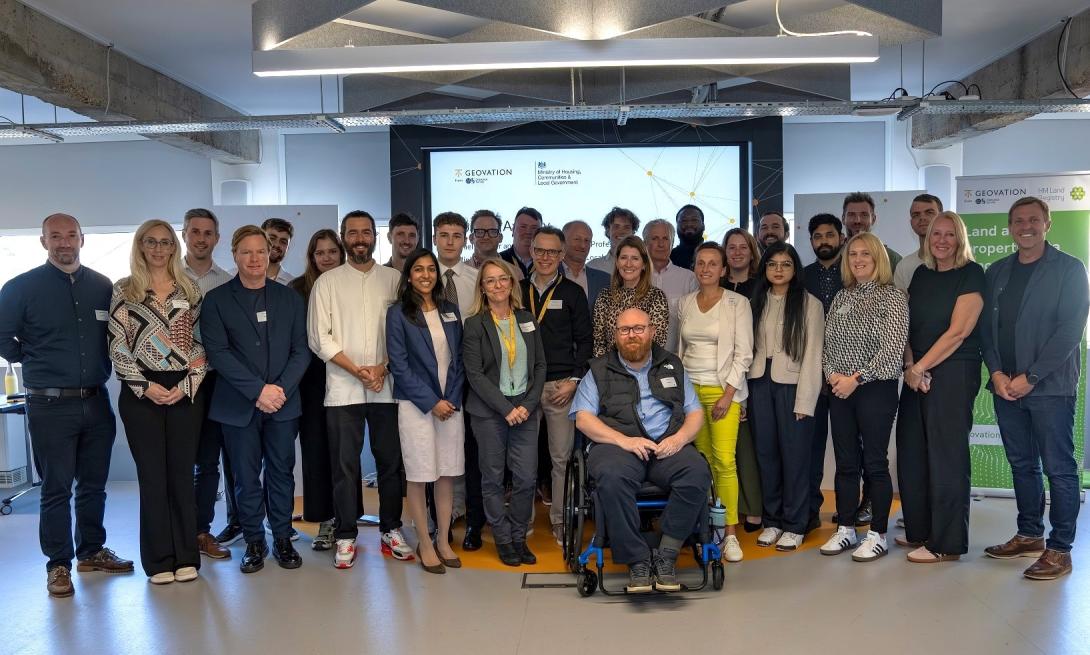Several UK cities are looking to initiate smart projects and developments to improve the efficiency of local services, enhance sustainability and develop their competitiveness. Ian Tyrer and Chris Wilkinson explain why Smart city initiatives improve the ‘livability’ of a city, helping to attract business and talent to support economic and business growth. A number of cities are now approaching smart transformation through a series of smaller smart projects that help to generate savings and effectively pay for the initial investment. These projects, costing a few thousand to a few million pounds, can offer highly dependable Return on Investment (ROI), helping to ease the continued pressure on public budgets. An example of one such ‘smart’ project is the installation of low energy street lighting to improve residents’ quality of life and reduce cities’ energy consumption. A growing number of cities across the world are taking the step to light up their streets with energy efficient LED street lights. LEDs are brighter than conventional light sources and so provide more safety and security in public spaces. They also have longer lifetimes and require less maintenance. Reduced energy consumption is also an important factor. Brighton and Hove City Council is set to save more than £200,000 a year and reduce its energy and carbon footprint over the next three years by introducing new LED street lighting. A total of 20,000 lamp posts will be upgraded using smart technology that will allow the council to control each individual post to allow more accurate switch on/switch off times throughout the city. In the future it is hoped that the new street lights will be amongst several improvements that will help transform Brighton and Hove into a hi-tech ‘smart city’ by extending the use of smart technology into areas such as city-wide Wi-Fi, number plate recognition and air quality monitoring. Glasgow is taking the street lighting one step further by trialling ‘intelligent street lighting’ through its Future Cities initiative. The system includes energy efficient LED lighting and real time data feeds that will allow the manual brightening of lighting when required. The system will also help to monitor street disturbances with real time CCTV and community safety response. In addition, movement sensors, to monitor footfall and traffic flow, will generate important data to aid city planning. Air pollution monitoring furthermore will be integrated into the lighting network to help with planning and pollution reduction. A limited Wi-Fi service for use by city services and citizens will also be included. Financial resources Clearly, there are numerous benefits to implementing LED streetlights. However, investing in such equipment requires financial resources that may be beyond the reach of city council public budgets. Councils are facing cuts in central government funding of 6.7 per cent between 2016 and 2020, which comes on top of an overall 30 per cent reduction between 2010 and 2015. Local authorities are therefore looking to other forms of finance to help them invest in new equipment including technology to enable the implementation of low energy street lighting. The reality is that cities need to access a blend of public and private sector finance to accelerate their smart initiatives in a timely way and benefit from the resulting savings, efficiency, quality and citizen service improvements as quickly as possible. A diverse range of funding sources allows a city to make the full range of desired technology investments – using a combination of public and private sector finance – in a timely fashion. Different financiers can be sourced for the different types of technology investment. The sooner the smart investments are implemented, the quicker the savings (or revenues, or inward investments) begin to accrue. A recent report from Siemens Financial Services (SFS), SmartStart (2016), identifies a number of potential Smart City initiatives – including low energy street lighting - that can be financed by using funds from the private sector and have the potential to generate savings that effectively pay for the investment. The report estimates that as much as € 6.21 billion (£5.28 billion) could be available in funding from the private sector in the UK for these small-scale initiatives. Many of these projects effectively unlock more finance availability for cities from financiers that intimately understand how such smart city technology applications work and the benefits they produce. Tailored, all-encompassing financing packages tend to be offered by specialist financiers who have an in-depth understanding of energy-efficient technology and its applications. Specialist finance providers understand the importance of implementing new equipment and new technology to generate revenue and cut operational expenses, and can therefore provide customised financing solutions that deliver energy savings and lower expenses, for instance, flexing the financing period to suit cash flow. This contrasts with the standard financing terms usually available from generalist financiers. Low energy street lighting is just one example of a small-scale smart city development that can help reduce councils’ energy consumption and enhance safety for city residents. The budget has to be available, however, to implement the system in the first place. As their public funding continues to be cut, many councils are recognising the important role that the private sector can play to help them fulfil their ‘smart’ ambitions. Ian Tyrer is head of sales for Energy Finance and Chris Wilkinson is head of sales for Healthcare and Public Sector for Siemens Financial Services in the UK.
Lighting up city streets with ‘Smart City’ tech
Feature




